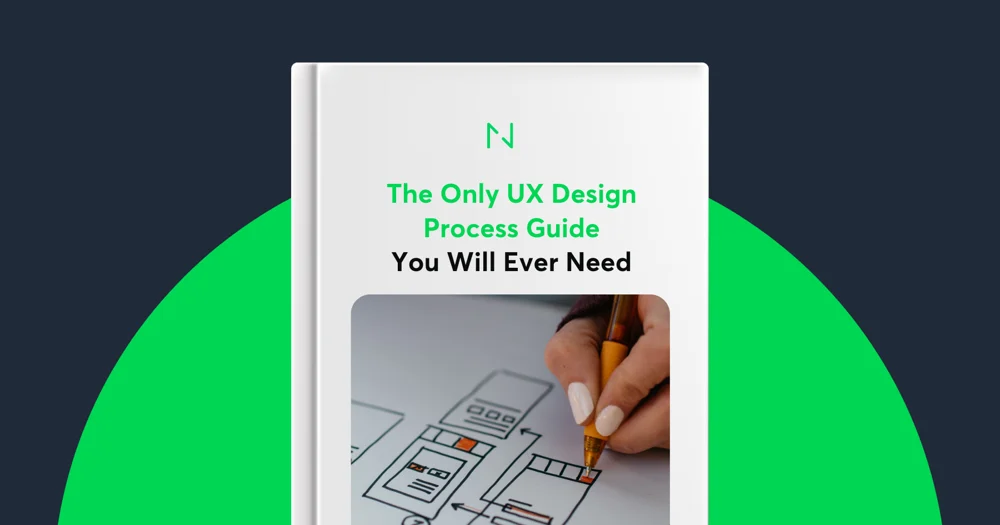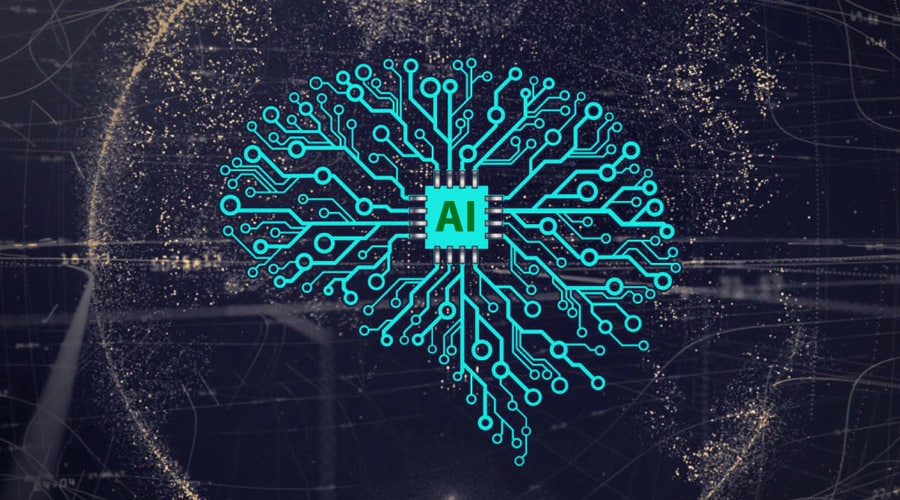The realm of user experience (UX) design is continuously evolving, with various approaches and methodologies being utilized to create exceptional digital experiences. In today’s fast-paced world, UX designers are tasked with the challenge of blending different types of UX design processes to enhance user satisfaction and drive innovation. This article explores the significance of mixing and matching types of UX design processes and presents practical insights on how to leverage their strengths effectively.
Table of Contents
Understanding the Essence of UX Design
Before delving into the intricacies of mixing and matching types of UX design processes, it is essential to grasp the essence of UX design itself. UX design encompasses the holistic process of creating meaningful and intuitive experiences for users when interacting with digital products or services. It involves understanding user needs, conducting research, prototyping, and refining designs to ensure seamless interactions and overall satisfaction.
Exploring Different Types of UX Design Processes
To address varying project requirements and goals, UX designers employ diverse types of design processes. These approaches provide structure and guidance throughout the design journey. Some popular types of UX design processes include:
a) User-Centered Design (UCD) b) Agile UX Design c) Lean UX Design d) Design Thinking
Harnessing the Power of User-Centered Design
User-Centered Design (UCD) places the user at the forefront of the design process. It emphasizes conducting extensive research, gathering user feedback, and iteratively refining designs based on user insights. UCD enables designers to create products and services that resonate with the target audience, enhancing usability and user satisfaction.
Embracing Agility with Agile UX Design
Agile UX Design is a collaborative and iterative approach that blends UX design principles with Agile development methodologies. By fostering cross-functional teams and short feedback loops, Agile UX Design enables faster delivery, continuous improvement, and adaptability to evolving user needs.
Streamlining Efficiency with Lean UX Design
Lean UX Design focuses on minimizing waste and maximizing value through rapid experimentation and iterative design cycles. It encourages early validation of ideas, hypothesis-driven design, and constant collaboration among team members. Lean UX Design is particularly effective in lean startups or fast-paced environments.
Unlocking Innovation with Design Thinking
Design Thinking is a human-centric approach that fosters creativity and problem-solving through empathy, ideation, prototyping, and testing. It encourages multidisciplinary collaboration, promoting innovative solutions that address real user needs and pain points effectively.
The Power of Mixing and Matching
Rather than strictly adhering to a single UX design process, designers can unlock significant benefits by combining different approaches. By leveraging the strengths of each type, UX designers can tailor their methodologies to suit specific project requirements, promote innovation, and drive exceptional user experiences.
Customizing the UX Design Process
To successfully mix and match types of UX design processes, designers should consider the project’s nature, scope, and objectives. By adopting a flexible mindset and adapting the process to fit the project’s unique requirements, designers can create a tailored approach that maximizes efficiency and delivers outstanding results.
Overcoming Challenges and Pitfalls
While mixing and matching types of UX design processes offers tremendous advantages, it can also present challenges. Some potential pitfalls include conflicting methodologies, communication gaps, and difficulty in managing expectations. Clear communication, collaboration, and proper planning are vital to address these challenges effectively.
Optimizing Collaboration through Iterative Processes
Effective collaboration is essential for successful UX design. By incorporating iterative processes within the different types of UX design processes, teams can optimize collaboration and enhance outcomes. Iterative processes involve continuous feedback loops, where designers gather insights, refine designs, and validate solutions with users. This approach ensures that the design evolves based on user needs and preferences, leading to more user-centric and impactful experiences. Iteration also encourages teamwork, as different team members can contribute their expertise at various stages of the design process. By embracing iterative processes, UX designers can achieve better collaboration, foster innovation, and create designs that truly resonate with users.
Nurturing User-Centricity in UX Design Processes
At the heart of all types of UX design processes lies the principle of user-centricity. The ultimate goal of UX design is to create experiences that satisfy users’ needs and goals. By nurturing user-centricity throughout the design process, designers can ensure that their solutions align with user expectations. This involves conducting user research, gathering insights, and empathizing with users to understand their motivations, pain points, and aspirations. Applying this knowledge, designers can craft intuitive interfaces, streamline interactions, and deliver meaningful experiences.
User-centricity also entails incorporating user feedback through usability testing and iteration. By continuously validating and refining designs based on user insights, designers can create products that resonate with their target audience. Nurturing user-centricity in UX design processes not only improves the quality of the end product but also builds trust and loyalty among users, ultimately leading to business success.
Conclusion – types of UX design process
In today’s dynamic digital landscape, mixing and matching types of UX design processes is a powerful strategy for fostering innovation and delivering exceptional user experiences. By harnessing the strengths of various approaches such as User-Centered Design, Agile UX Design, Lean UX Design, and Design Thinking, designers can create customized processes that align with project requirements and goals.
Flexibility, adaptability, and a user-centric mindset are key to unlocking the full potential of mixing and matching types of UX design processes. Embrace this approach, embrace innovation, and drive transformative experiences that captivate users and differentiate your digital products and services.
Learn about: Embark on a journey of innovation and discovery—explore the best AI startup companies revolutionizing industries and shaping the future.




